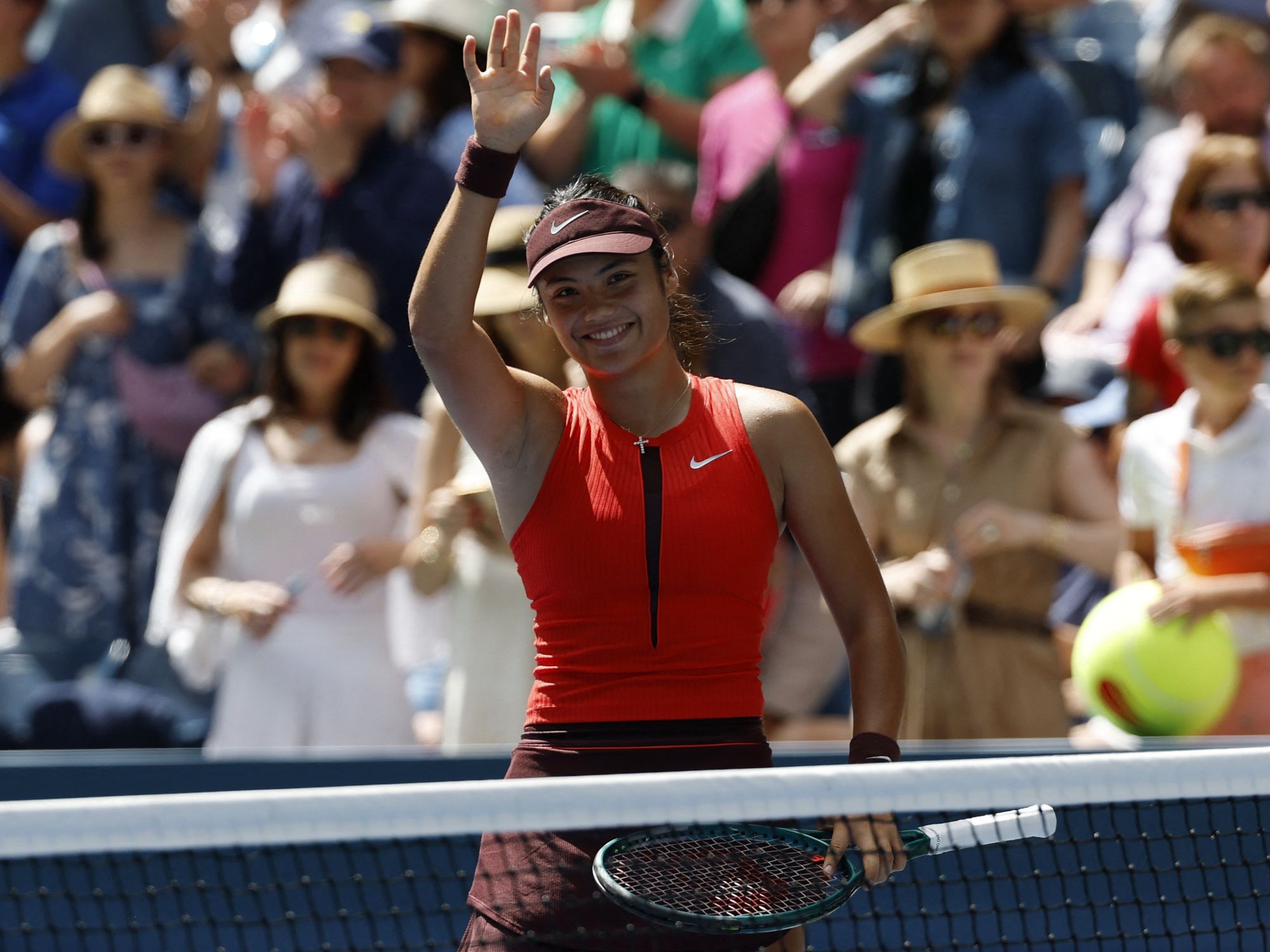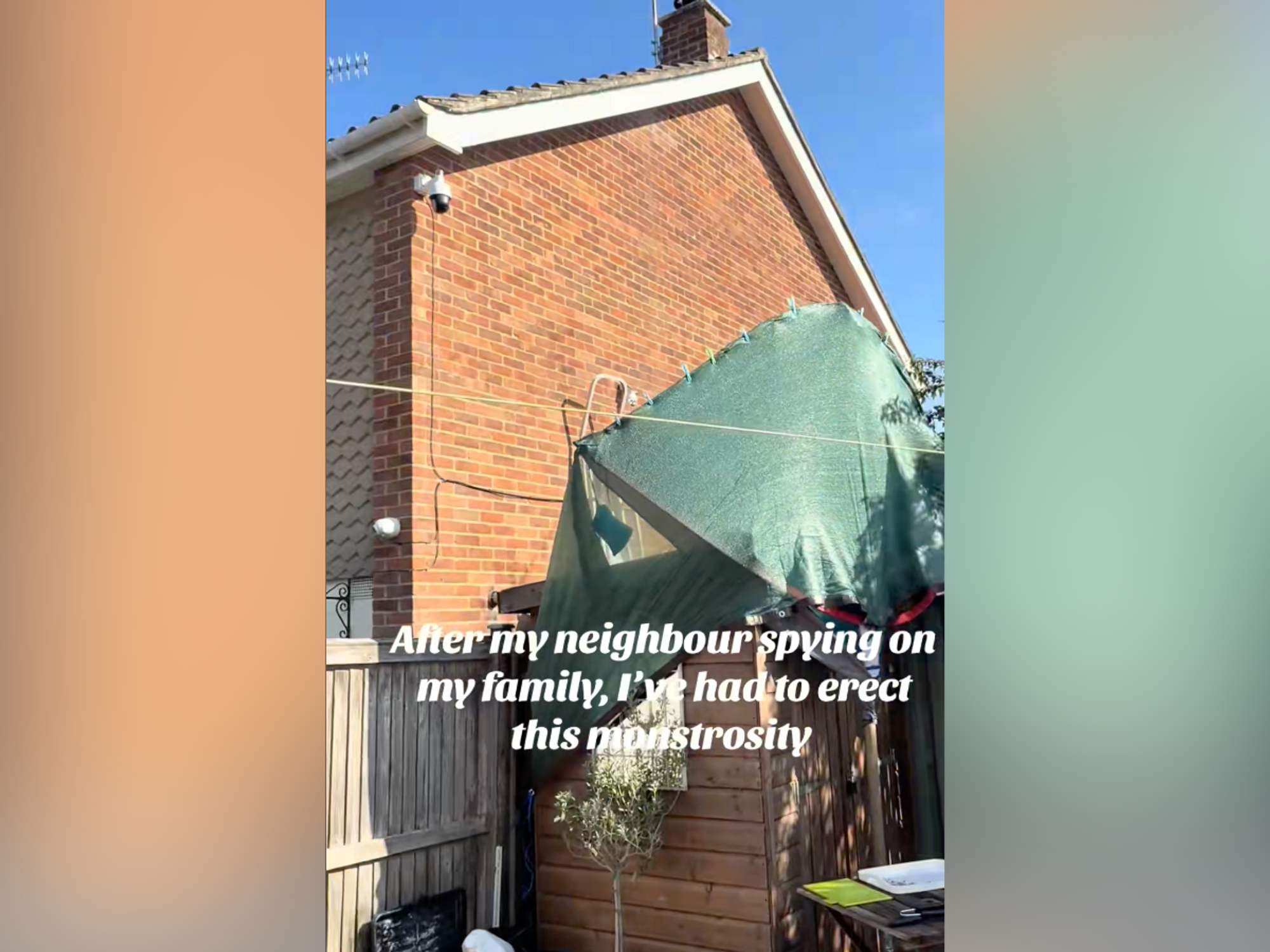Gardener names the ‘essential component’ for a thriving vegetable garden
WATCH NOW: The RHS shares some top tips and tricks for gardeners
|RHS
A green-fingered enthusiast said that creating a pollinator garden could help out your local wildlife population too
Don't Miss
Most Read
Creating a thriving vegetable garden requires more than just good soil and regular watering. The secret ingredient might well be the humble pollinator.
While plants do play a key role in creating a bountiful vegetable patch, they can help to look after your local wildlife population as well.
Speaking to GB News, gardener Adam Weiss said: "Besides adding colour and fragrance to your garden, pollinator flowers are an essential component to the success of your vegetable garden.
"These flowering plants play a crucial role in our food production by fertilising female flowers that will eventually create the actual vegetable.

Attracting pollinators is straightforward with the right plants in your garden
|GETTY
"These apply to vegetables such as tomatoes, peppers, squash, cucumbers and aubergines," he added.
Attracting these vital pollinators is straightforward with the right plants in your garden. Adam mentioned that his go-to favourites were cosmos, zinnias, sunflowers, marigolds, borage and sweet pea.
But these flowering plants do more than simply attract beneficial insects. They can also be strategically positioned to benefit specific vegetables through companion planting.
"Actually some vegetables love to be planted right next to the pollinator flower," Adam explained. For instance, marigolds benefit from being plant next to tomato and peppers, while sunflowers work well with squash nearby.
LATEST DEVELOPMENTS
Nestled in the heart of the Garden of England, Kent County Council outlined four key needs to cultivate an effective pollinator garden.
- Flowers: A sensible mix of flowers is important, from bloomers with open structures and tubular flowers as well as perennial plants that flower throughout winter.
- Foodplants: Vegetation for the pollinators to feast on from native trees and shrubs to smaller plants. Other plants including grass should be allowed to grow longer.
- Breeding and nesting sites: Larvae tend to enjoy some water, dead wood, rotting vegetation and grown out grass.
- Overwintering sites: In winter, seed heads, leaf litter, crevices in bark, longer vegetation, hollow plant stems and other places are necessary for the pollinators to rest.

Butterfly and moth populations are similarly struggling due to habitat loss
|GETTY
Overall, Britain's pollinator population is on the decline, which is why so many gardeners are keen to support the local ecosystem.
"Some bumblebee and solitary bee species are doing well and have increased their distribution in Britain. Others have shown marked declines in distribution over the last 30 years," the RHS reported.
Meanwhile, other species that are "more selective in their flower-visiting habits" or have specific requirement for nesting sites" have started to experience a decline.
Butterflies and moths are similarly struggling, which is believed to be mostly due to habitat loss as a result of land use.
Still, the challenges facing our pollinators are multifaceted, as the RHS explains, adding: "There is no one simple answer, the problems facing pollinators and other invertebrates are complex."










